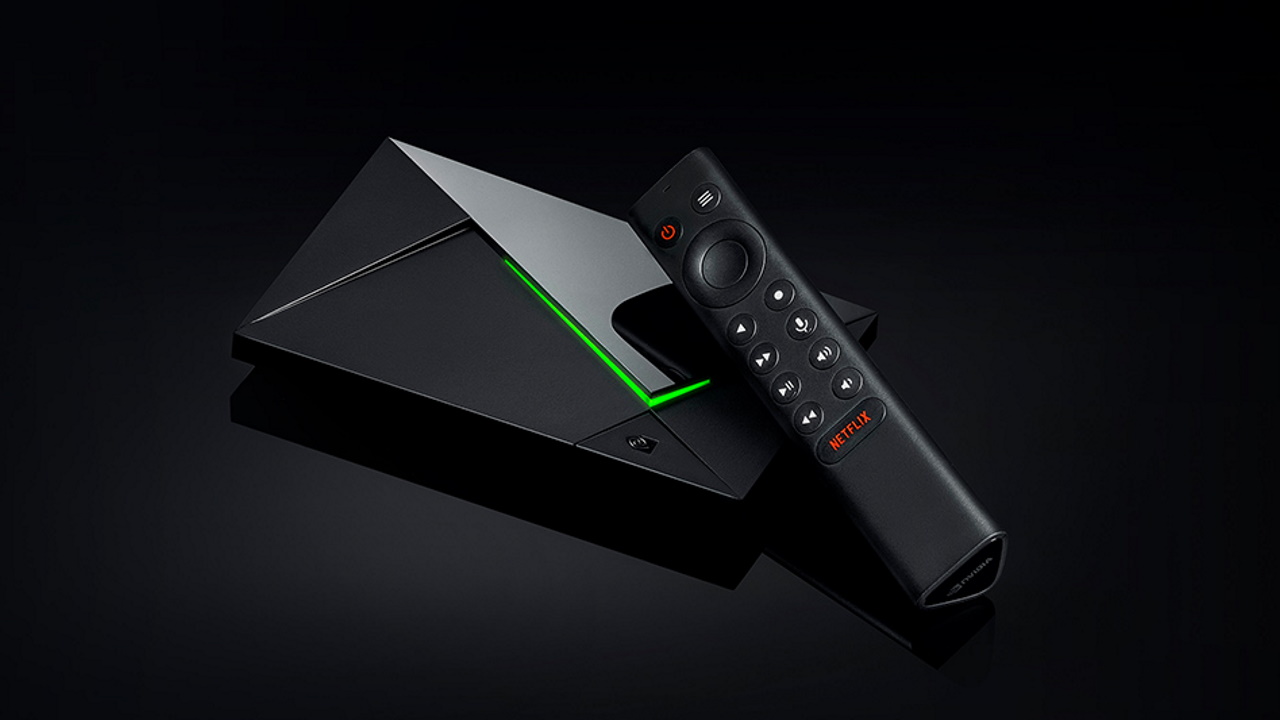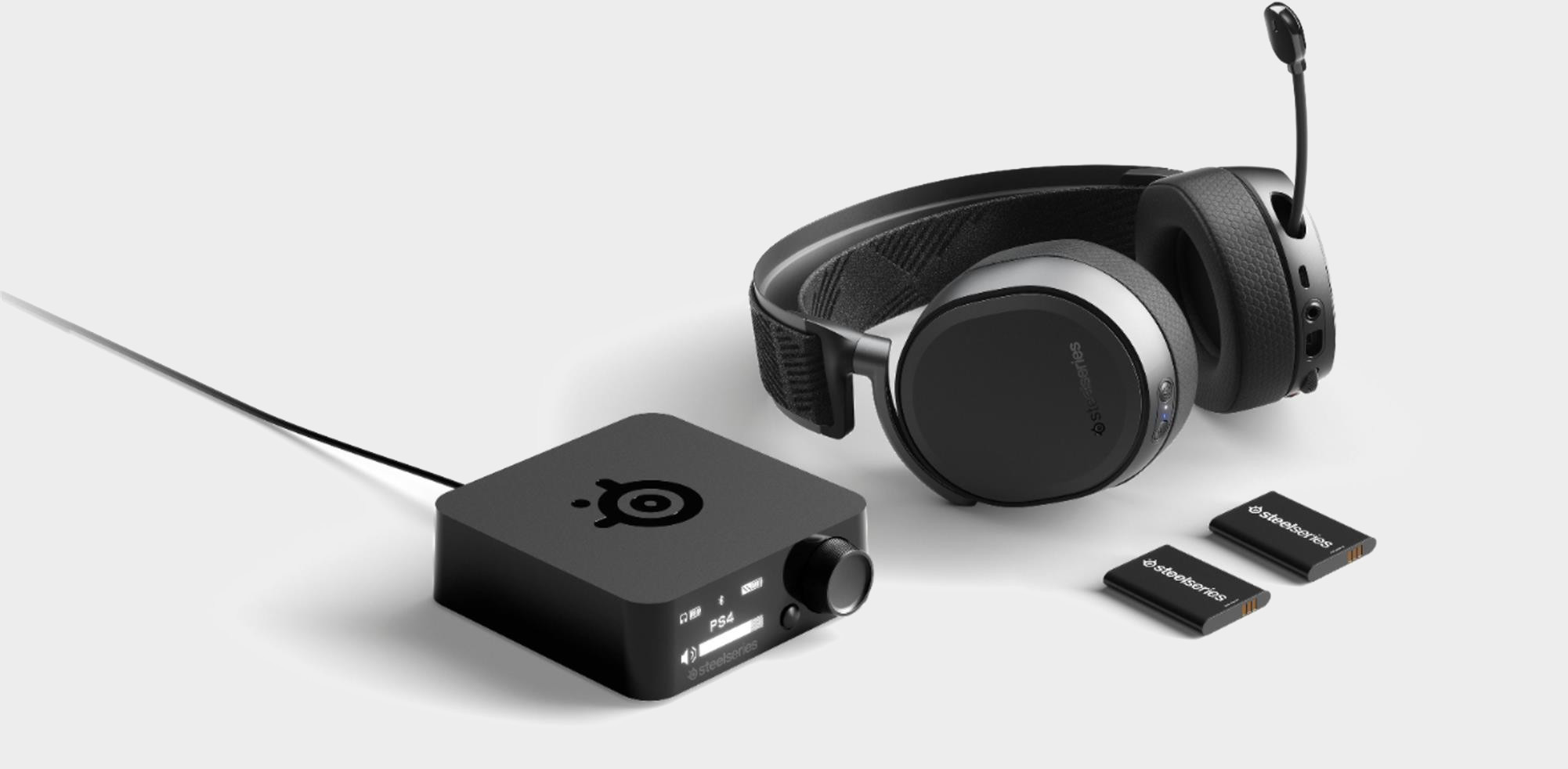If the Nintendo Switch Pro gets DLSS support I want it in my new Nvidia Shield too
Rumours of a new, more capable Switch Pro hint at greater things.

A Bloomberg report suggests that there is a new Switch on the way that will use a new system on a chip (SoC) from Nvidia. We've previously dreamed about the so-called Switch Pro being an awesome hand-held streaming client, but the promise of local DLSS powering upscaling to 4K caught our interest and has us salivating over the prospect of an updated Shield.

Best wireless gaming mouse: ideal cable-free rodents
Best wireless gaming keyboard: no wires, no worries
Best wireless gaming headset: top untethered audio
The existing Nintendo Switch uses Nvidia's Tegra X1, while the most up to date version of the Nvidia Shield, The Shield TV Pro, uses a slightly updated version of that chip, the Tegra X1+. It boasts a 25 percent higher clock speed, but is otherwise the same. The ARM-based Tegra X1 has four ARM Cortex A57 cores and four inaccessible ARM A53 cores along with 256 Maxwell CUDA Cores running at 1GHz.
The Shield TV Pro already supports AI upscaling for video, although it lacks the hardware to handle DLSS locally itself, nor can it match the fidelity that DLSS is able to achieve. Right now all the super sampling is handled on the server side for GeForce Now game streaming. A newer chip could handle a form of DLSS upscaling within the Shield itself, meaning that you wouldn't need such a phat internet pipe to play games at 4K.
If the Tensor Cores in a new Ampere-based Shield could be used for a content-agnostic DLSS-analogue that worked on simple video streams, rather than needing to be added on a per-game basis, then you would only need a low-res stream from the source. The updated Shield could then do all the super-smart super sampling on the client end.
Though what that might do for latency we're not entirely sure.
Nvidia has released numerous iterations of its offerings SoC offerings since the Tegra X1 was first introduced, including the Pascal-based Tegra X2, the Volta-based Xavier, and most recently Orin.
Orin would appear to have the digital makeup needed to deliver on the promise set out by the Bloomberg rumour. Orin was first announced at the GPU Technology Conference 2018, where Nvidia boasted it had 17 billion transistors and 12 ARM Hercules cores.
Keep up to date with the most important stories and the best deals, as picked by the PC Gamer team.
Orin is Ampere-based and therefore has access to the Tensor cores necessary to weave the DLSS magic. Not only that, but while the Tegra X1 has 256 CUDA Cores, Orin has 2048 CUDA Cores.
The assumption was that Orin was destined for the vehicle market, but if these rumours for the Nintendo Switch Pro are true, then it looks like a lot of the hard work would be done for a new Shield as well. A Shield capable of streaming using GeForce Now and upscaling to 4K at high refresh rates at the same time.
Who knows, Nvidia could even try going back to making a Shield with a built-in screen so that our dream of a handheld GeForce Now streaming client could be made a reality. Fingers crossed.
Alan has been writing about PC tech since before 3D graphics cards existed, and still vividly recalls having to fight with MS-DOS just to get games to load. He fondly remembers the killer combo of a Matrox Millenium and 3dfx Voodoo, and seeing Lara Croft in 3D for the first time. He's very glad hardware has advanced as much as it has though, and is particularly happy when putting the latest M.2 NVMe SSDs, AMD processors, and laptops through their paces. He has a long-lasting Magic: The Gathering obsession but limits this to MTG Arena these days.


